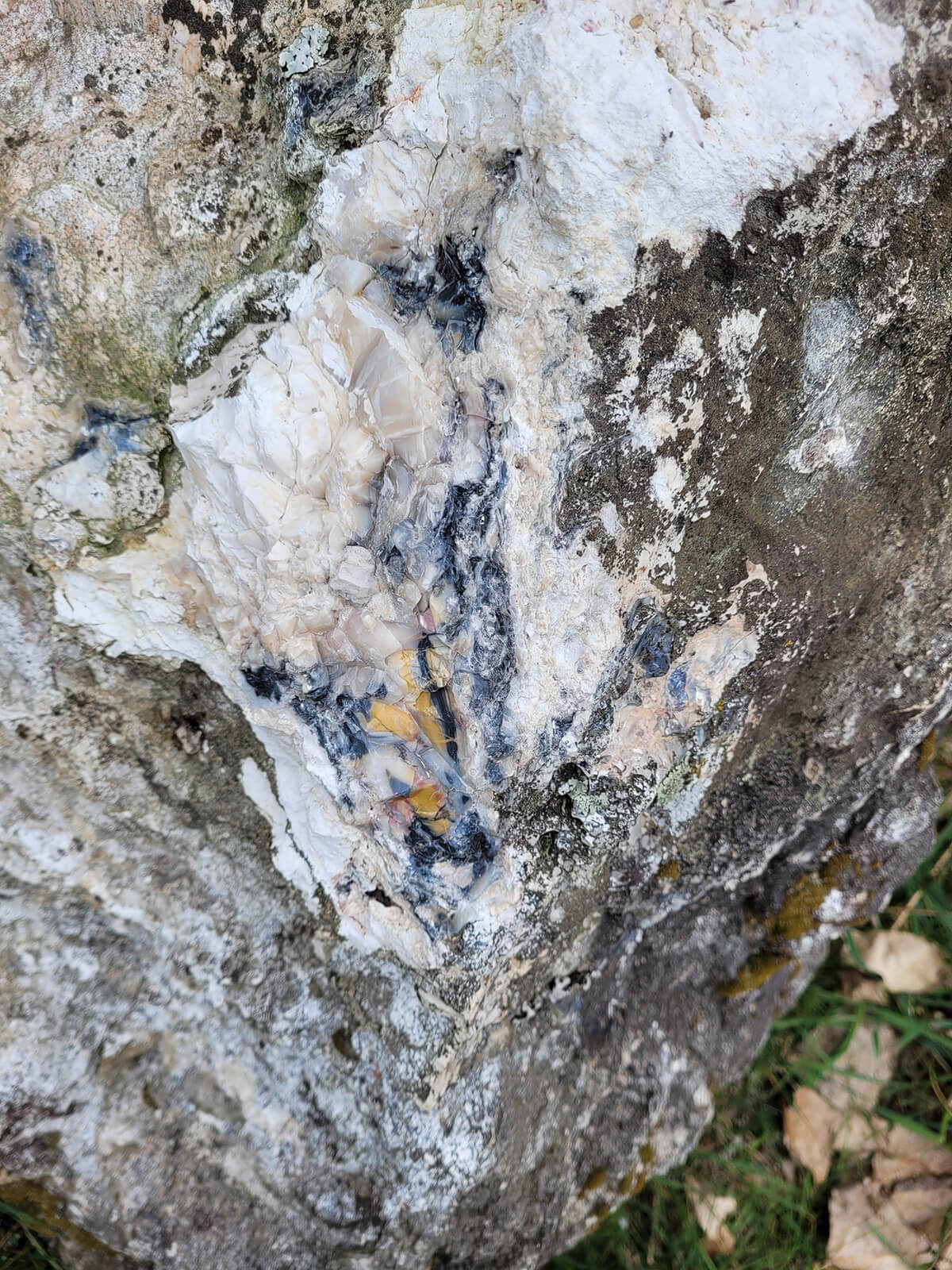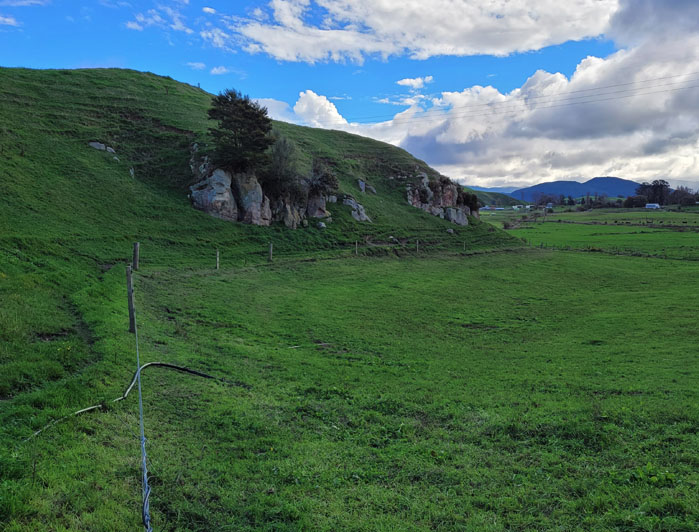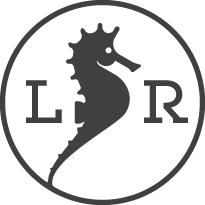| Location: | North Island, New Zealand |
| Development Stage: | Reconnaissance Exploration |
| Project Area: | 25.78 km2 |
The Ohakuri Project is in the north island of New Zealand and consists of a partially explored epithermal gold system, hosted within predominantly rhyolitic volcanic terrain. This system fits within the rift/graben setting of the Taupo Volcanic Zone.
Zoned hydrothermal alteration and siliceous mineralisation outcrops over an area of approximately 20 km2. The project is held under Exploration Permit (EP) 60555, which covers an area of 25.78 km2 and is owned (100%) by Zedex Gold Limited (Zedex).
The majority of the tenement is freehold and used for intensive dairy farming purposes. Most of the land has been cleared for agricultural purposes. A series of roads and farm tracks allows easy access to all of the tenement.
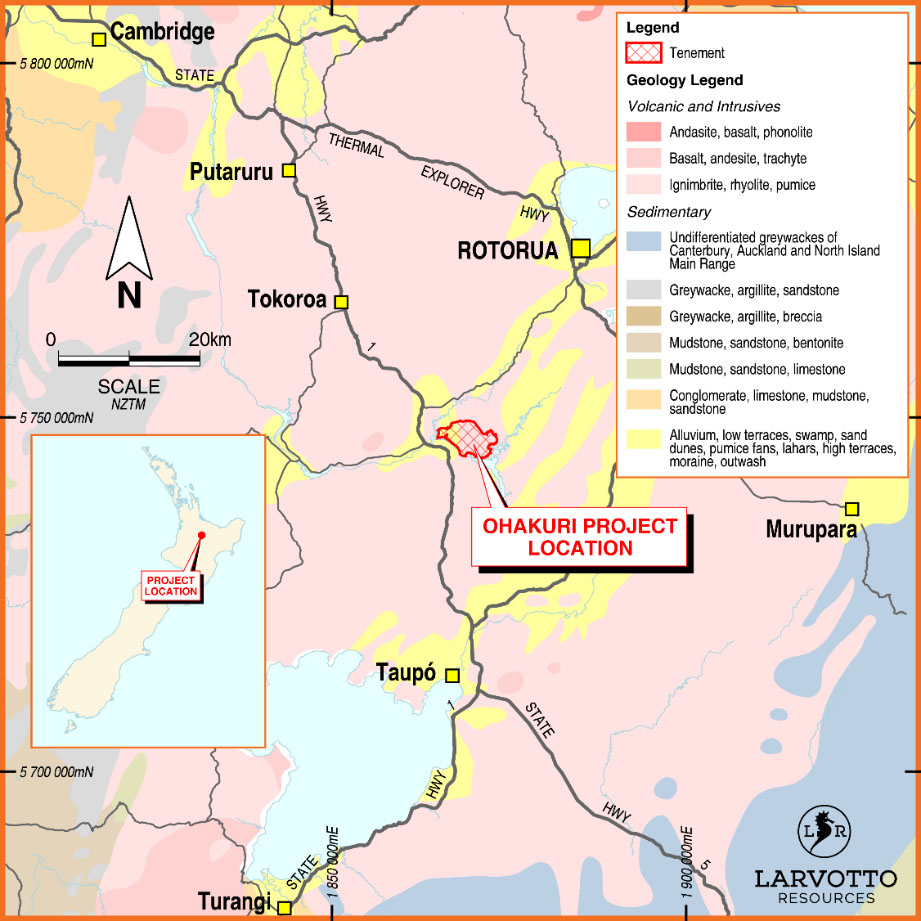
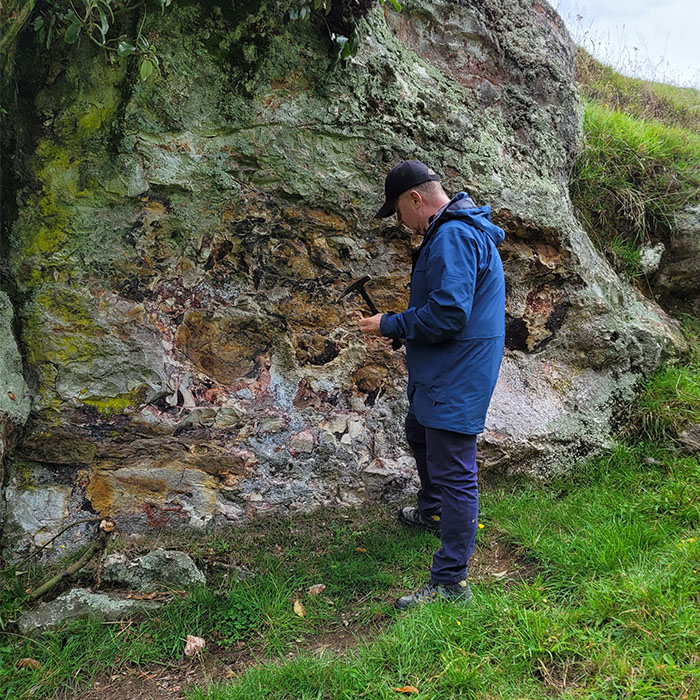
Previous exploration drilling has identified a very large zone of low grade gold mineralisation with widths of over 150m over a large area in the Central Area of the project. The drilling undertaken by Cyprus, consisted of more than 10,000m of RC and diamond drilling. Recent geophysical exploration combined with enhanced analysis of previous work has allowed for the discovery of two areas that have coincident magnetic, gravity and resistivity anomalies. These zones are extensive along strike for several kilometres and extend to depth. It is interpreted that these zones are two, potentially higher-grade feeder zones that may have been the conduits for the gold mineralisation that deposited gold mineralisation into the large, low-grade Central Area. Initial Larvotto exploration will focus on delineating the feeder zone geometry and mineralisation grade.
The feeder zones require some refining by geochemistry and geophysics but are close to being drill ready targets. Once drilled, they will provide Larvotto with a rapid indication of the potential of Ohakuri to produce significant gold mineralisation.
In March 2022, Larvotto commenced geochemical drilling at Ohakuri with the aim to expand upon the limited previous work undertaken that identified gold mineralisation at the Central Area. The survey is primarily targeting the Ohajuru and Maleme fault zones.
Historical drilling programs (the project was last drilled in 2012) intersected significant quantities of sub-economic mineralisation within near-surface, epithermal fluid mixing zones. Most of this near-surface mineralisation is thought to have been derived from two principal hydrothermal fluid up-flow conduits, both of which are hosted within regional fault fissure zones. The diagram below details these zones of interest at the Ohakuri and Maleme Fault.
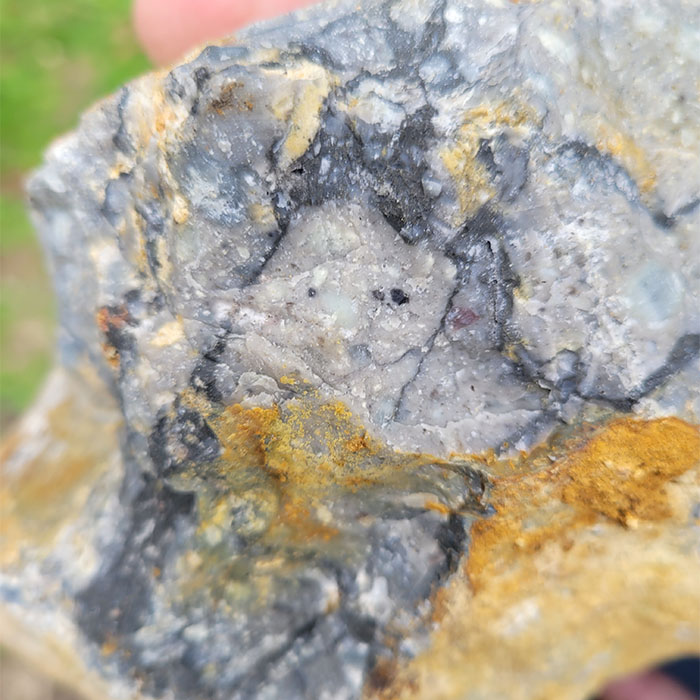
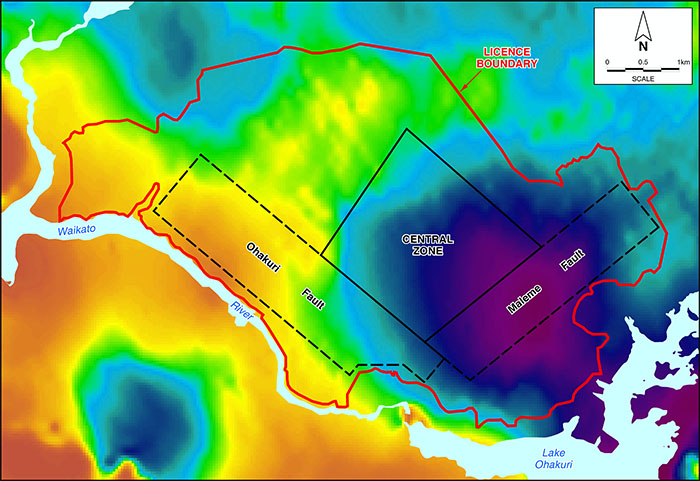
The Maleme Fault is the largest of the fissure zones and is northeast-southwest trending. The zone has been delineated by field mapping and by aeromagnetic and ground resistivity surveys and is interpreted to be nearly three kilometres long. The geochemical and geophysical signature indicates that the Maleme Fault zone could be host to an auriferous quartz vein system resembling that of the Martha Hill and Golden Cross deposits District of NZ and the Midas Deposit (Nevada, USA).
Geophysics indicates that the apex of the Maleme vein system lies some 200m below surface. The Maleme Fault zone lies approximately 500m from the nearest historical drill hole and has not previously been drill tested.
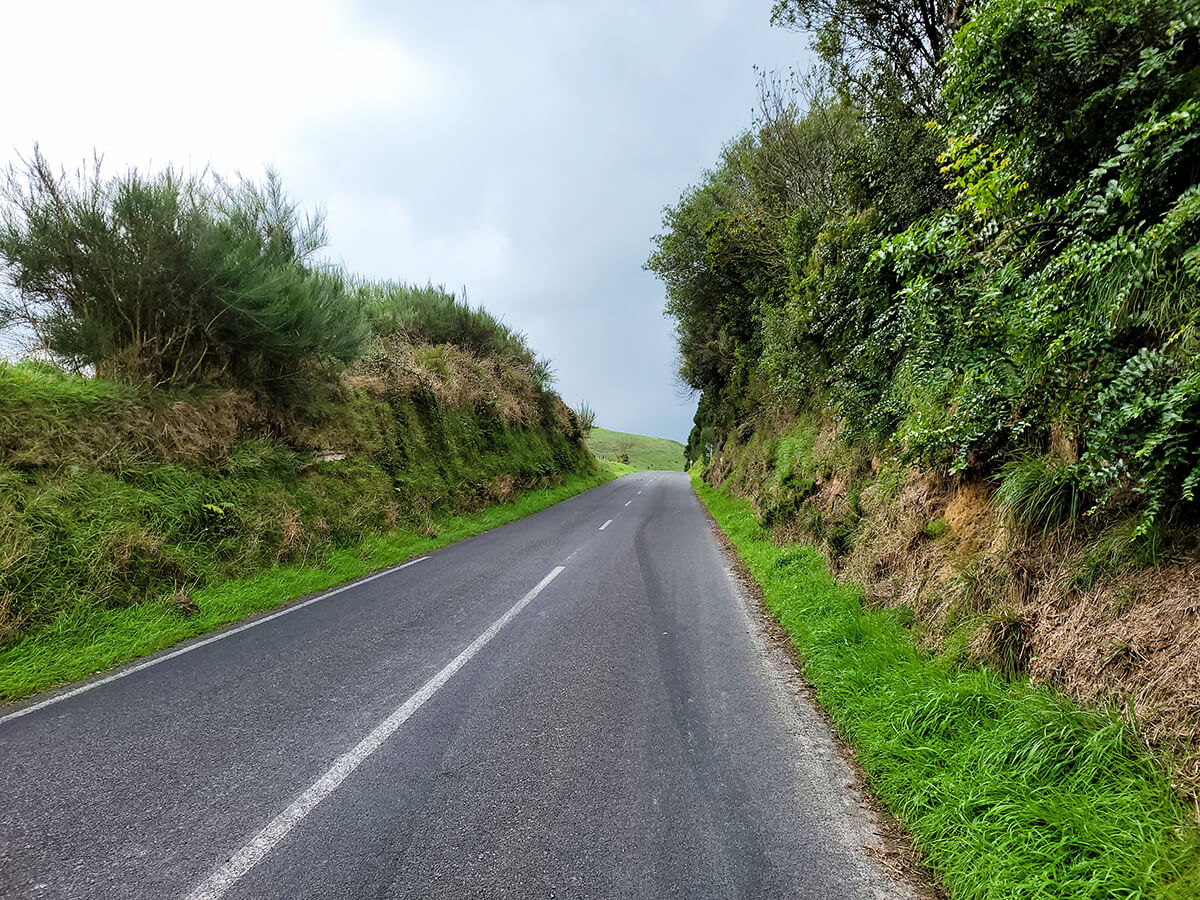
The second major mineralised up-flow conduit is the cross-cutting northwest-southeast trending Ohakuri Transform Fault, which dextrally offsets the southwestern end of the Maleme trend. The Ohakuri Fault zone is more than 2.5 km long and is thought to be higher up the epithermal system than Maleme, suggesting that any mineralisation will be closer to the surface. The zone has not been drill tested in any meaningful way apart from one hole which was the most westerly that was drilled as part of the Cyprus Central zone program. This vertical diamond drill hole, OHCY-19 returned 37m of 0.60 g/t Au and 27 g/t Ag (including 10.00m @ 2.00 g/t Au, and 74.00 g/t Ag). This clearly demonstrates that the zone is mineralised.
